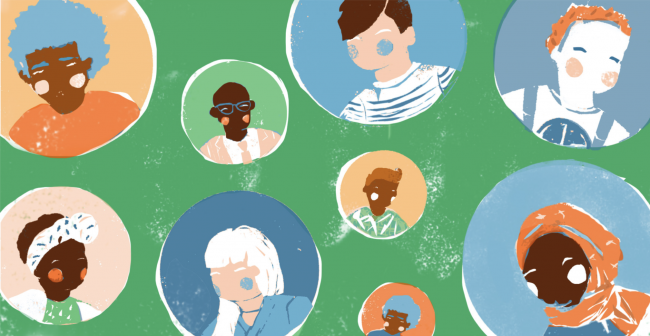Within the Bush Foundation, we’ve been working for several years to operate more inclusively. We’ve been working to understand the equity implications of all we do, big and small, in our grantmaking and operations. And, we’ve been working on how we can adapt so that our policies, programs and culture work well for everyone.
The “Building a Stellar Staff: Recruiting and Selection with an Equity Lens” learning paper showcases this work. We’re proud of how we’ve improved our hiring processes in ways we believe have made us much stronger as a foundation. It is the product of years of learning and improvement.
One of the toughest stages in doing equity work within any organization is jumping from training room conversations to action. Our first step out of the training room was creating “action learning teams” that would take on a particular policy or practice, analyze it in terms of its equity impact, and recommend changes for the organization. These teams allowed us to build the mindsets and muscles across the Foundation to effectively adapt. They also supported real change in areas like our holiday and bereavement policies, our office accessibility, and how we work with vendors.
Our next step was to require every individual who works at the Foundation to apply those mindsets and muscles to their own work. For the past few years, we have had an organizational goal of having every team and every person change at least one thing they are doing to make the organization operate more equitably. We then share them all with one another. Last year’s successes ranged from new retirement plan options that fit within Islamic law, for our Muslim colleagues, to building a new all-gender bathroom.
This year the board is in on it too, with each board committee and every board member having an equity goal.
To help in this work, we created our Inclusivity Practice tool.
The idea is that for ANYTHING we are working on, after we have considered what we are trying to do and why, we should ask ourselves:
- Who is affected?
- Are there people not being included in shaping the work who could be? If yes, how can we include them?
- Are there people not being served well by the work who could be? If yes, how can we change the design?
We’re finding this year that more and more people are struggling to say what is their specific “equity goal” vs. what is just doing their work. This feels like a big victory for us! Our ultimate goal has always been that this inclusivity practice is wholly embedded in how we think and operate.
So — we are entering our next stage. As we are planning our organizational priorities for 2020, we have moved from teams and individuals having a standalone equity goal to ensuring equity is embedded in all the priorities. We’re excited to be at this point but also know that when something is truly embedded there is a risk of it getting lost or diluted. We have some checks in place to help ensure this doesn’t happen — like our annual organizational equity assessment, our Equity Team and our work-planning process.
We’re excited to be at this stage and will keep you posted. We’ve benefited so much from other peoples’ experience in equity work and promise to keep sharing our experience, too. We hope you’ll pass along any thoughts you have on how we are doing and suggestions for improvement.
-Jen
